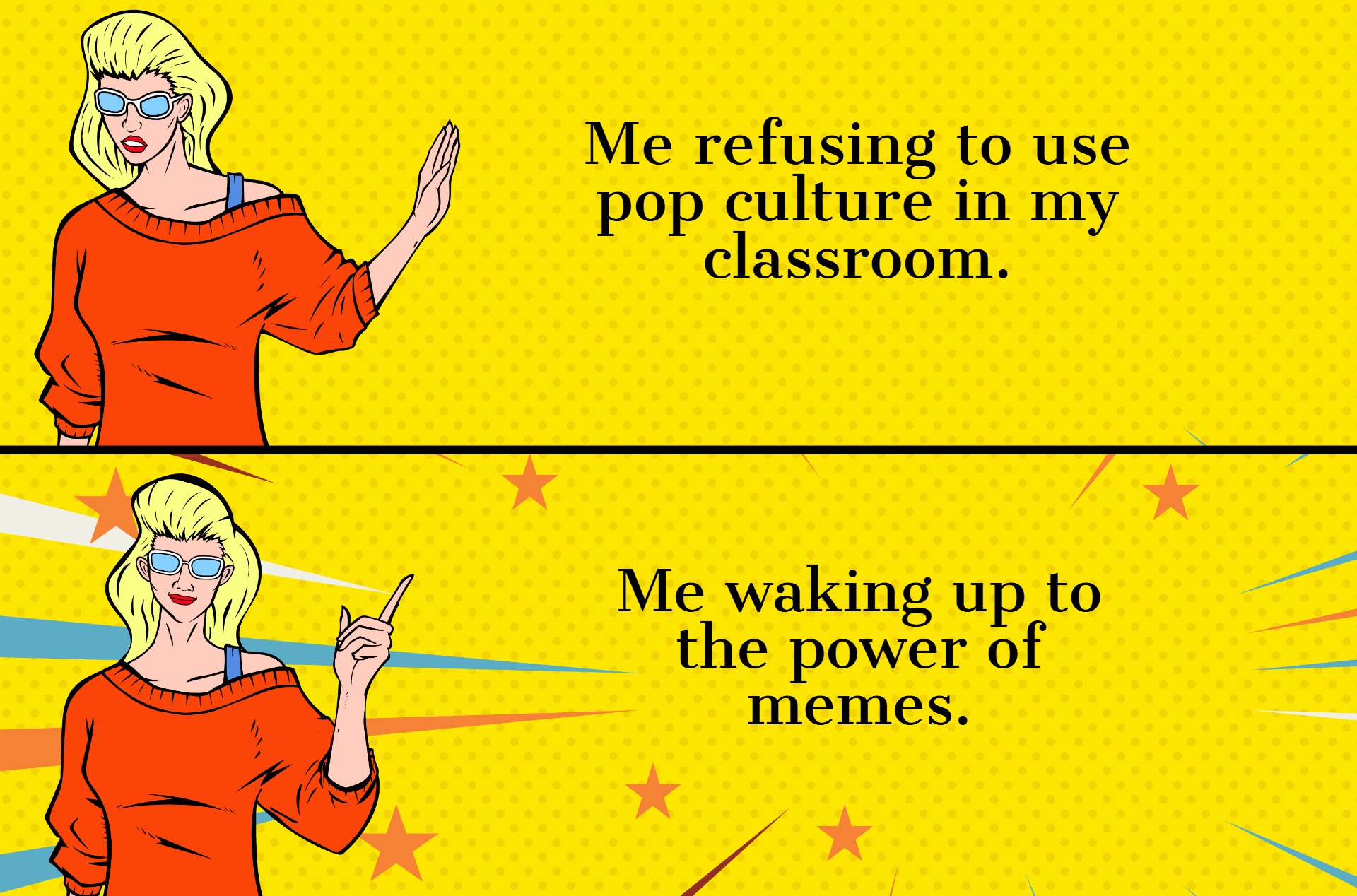What teaching yoga has taught me about being a professor
Whether I am in a studio or lecture hall, in-person or online, what matters most is that I teach clearly and precisely so that students can incorporate the benefits of the class material for themselves.

As humanities classes shrink in size, it seems more important than ever to attract students and keep them. Professors can feel pressure to be personally charismatic, interesting, approachable, and kind. I know I have. For at least 20 years of my teaching life, I fed off the nods, laughs, and smiles that I got from my students as I talked. If they just stared off into space or looked down as they took notes, I felt like I needed to try harder to elicit a more engaged response.
Becoming a yoga instructor changed that for me. In the studio, students gaze inwards, their faces intent, aware of my presence but not in direct dialogue with me. For a professor who is used to being popular and liked, I found this disconcerting at first. I yearned for my students to give me feedback. I especially wanted them to say that it had been a fantastic class, that they loved my teaching. They rarely did.
I am a teacher of Iyengar Yoga, a particularly rigorous and intensive form of yoga that requires years of practice and completing a training program of about 2,500 hours (versus the 200 that some yoga schools offer). It’s like I got a second PhD. Similarly, the decision to embark upon something so time-consuming and demanding only came from my strong commitment to the principles and ideas that underpin the discipline. What the humanities and yoga have in common, at least for me, is their transformative potential.
Over time, I have shifted my perception of what constitutes a good yoga class. Subtle signs – a passive face, soft eyes, fluid movements, rhythmic breathing – tell me that it is, in fact, going well. When I see the intense concentration on a yoga student’s face as she attempts to spread her toe bases or draw the tips of her shoulder blades into her back, I know that she is immersed. The yoga is having its effect.
What students gain from yoga does not have to do with me and my personality. Rather, what matters is that I teach clearly and precisely so that they can incorporate the benefits for themselves. A yoga class works best when I let go of the idea that I am on display or under evaluation; when I trust that the content of what I teach is enough.
With COVID-19, I’ve had to really relearn this all over again. When I prepared my first Latin American Cinema lecture, I found myself recording each PowerPoint slide multiple times, trying to cut the “um’s” and inflect my tone with warmth and charm. The images, the clips, the citations, my voiceover: it didn’t feel like teaching: it was a production. Then I began teaching yoga online. And I was reminded that I am trained as a teacher, not a performer. To be a teacher is not to convey content in the most scintillating way possible. It is to give the students the tools and knowledge so that they can become lifelong learners, curious and motivated by the discipline, not by your charisma.
What’s been so interesting about the pandemic is that student engagement has shifted. From being people who attend a class and then go home, they are now practicing the discipline – of critical analysis or of asana – in their living rooms and bedrooms. The students are developing what we call, in yoga, a home practice, a self-directed and motivated exploration of the field towards which I guide them.
Now, when I prepare to teach cinema, literature, or critical theory, I no longer worry about whether I’m funny or charming enough. Instead, I keep in mind the same tenets that guide me in the yoga studio (or zoom session):
- Don’t force an outcome. Students will do/hear/take what they can on that given day.
- There’s nothing wrong with repetition. Reiterate central ideas and concepts since you never know when or how they will “land” for each student.
- Know that lack of personal interaction doesn’t mean that the student isn’t taking things in.
- When it’s all falling apart, “do a pose” with them. Join them in a timed writing prompt or small discussion group in order to remind yourself of how it feels to engage in the class.
- Model a home practice: encourage your students to develop the curiosity and engagement that you have towards the discipline that has so profoundly shaped your life.
Ultimately, I know that what I am teaching is powerful enough to capture at least some students’ minds. My role as an intermediary is, of course, crucial, since without my clear explanations and methods, they may not understand what is at stake. But mostly what I do is step out of the way, allowing the students to directly engage with the practices of critical thinking, creative reflection, and transformative praxis that defines the study of the humanities.
Now if I could just get them to do some yoga….
Featured Jobs
- Business – Lecturer or Assistant Professor, 2-year term (Strategic Management) McMaster University
- Canada Excellence Research Chair in Computational Social Science, AI, and Democracy (Associate or Full Professor)McGill University
- Veterinary Medicine - Faculty Position (Large Animal Internal Medicine) University of Saskatchewan
- Psychology - Assistant Professor (Speech-Language Pathology)University of Victoria















Post a comment
University Affairs moderates all comments according to the following guidelines. If approved, comments generally appear within one business day. We may republish particularly insightful remarks in our print edition or elsewhere.
1 Comments
A profoundly wise and helpful article. Thank you.